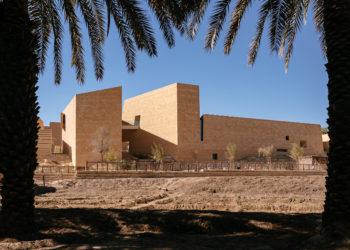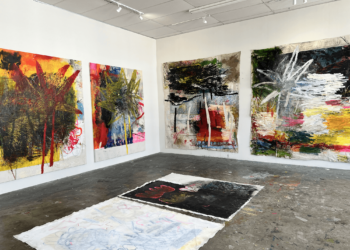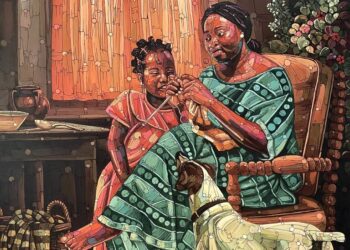Amplifying Black and Diverse Histories the Focus of New Wikimedia Foundation Collaboration with African Artist
The Wikimedia Foundation, the global nonprofit that operates Wikipedia, announced the launch of Wiki Unseen, a collaboration with artists aimed at expanding the visual representation of Black, Indigenous, and people of colour (BIPOC) in Wikimedia projects and advancing knowledge equity.
The commissioned artists include Enam Bosokah from Ghana, Esther Griffith from Trinidad, and Bukhtawar Malik from the United States. Among the first articles that will feature new illustrations are: Marian Ewurama Addy, William Greaves, Rose Dieng-Kuntz, May Miller, Mercedes Richards, and Asquith Xavier. These portraits were published throughout February; they include personalities whose images are not freely licensed and therefore unable to be added to Wikipedia articles.
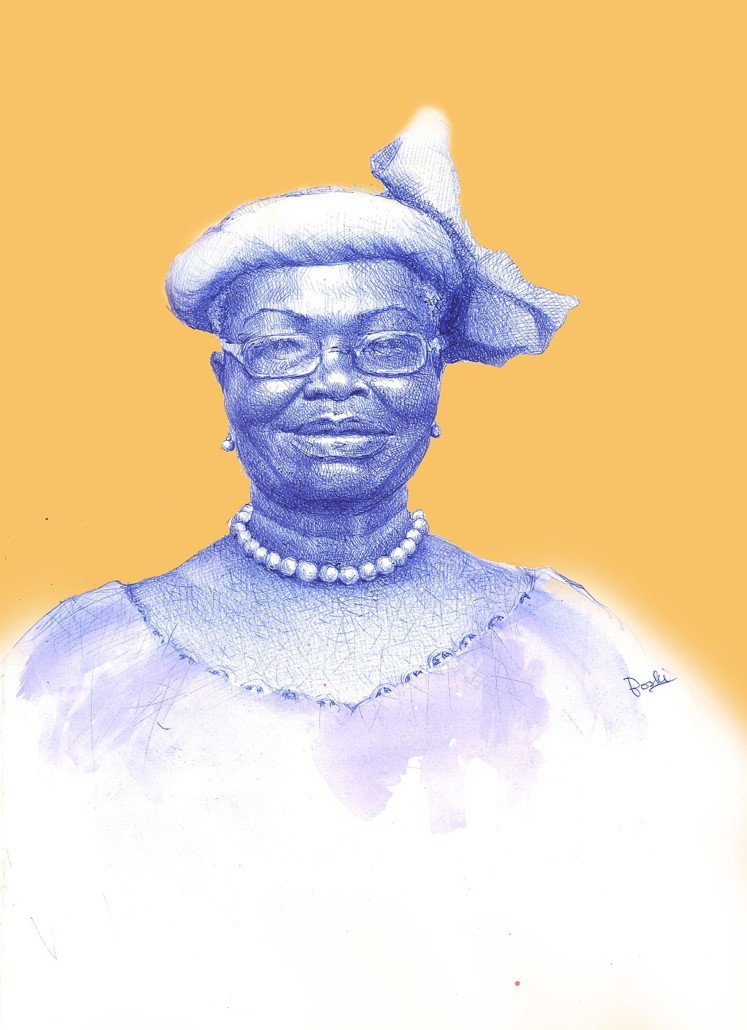
Portrait of Marian Ewurama Addy by Enam Bosokah.
Enam Bosokah is a Ghanaian artist who lives and works in Accra. He graduated from the Kwame Nkrumah University of Science and Technology, Kumasi, with A Bachelor’s Degree in Fine Arts. Trained as a sculptor, Enam become known for his drawings, working predominantly with ballpoint pens while exploring graphite, charcoal, and watercolours. He has exhibited in Ghana and overseas and his work can be found in private collections around the world. Here, Enam tells us more about his contribution to this important project.
ART AFRICA: Expanding the visual representation of Black, Indigenous and people of colour (BIPOC) is a crucial issue. How did it feel to be one of the selected artists dealing with this pressing issue?
I feel honoured to be one of the selected artists to work on Project Unseen. As a regular user of the Wikipedia website, I became aware of the underrepresentation of Black, Indigenous and people of colour (BIPOC) but was not sure who was responsible for it and how it could be addressed. But now I know that all of us, in our diverse and unique ways, have contributed to the writing and rewriting of our stories on Wikipedia for generations to come.
Which historical figures were you commissioned to create portraits for? How did the process of creating these figures impact you?
I have created the portrait of Marian Ewurama Addy who was a Ghanaian biochemist and the first Ghanaian woman to become a full professor of natural science. Marian was a true science enthusiast and an inspiration to budding female scientists. She inspired young scientists on the limitless opportunities in science, engineering, technology and mathematics.
The second figure I illustrated was Rose Dieng Kuntz, a Senegalese computer scientist specializing in Artificial Intelligence. Rose was the first African woman to enrol at the Ècole Polytechnique. In most of her research, she was concerned with connecting individuals, businesses and countries through the sharing of knowledge over the world wide web.
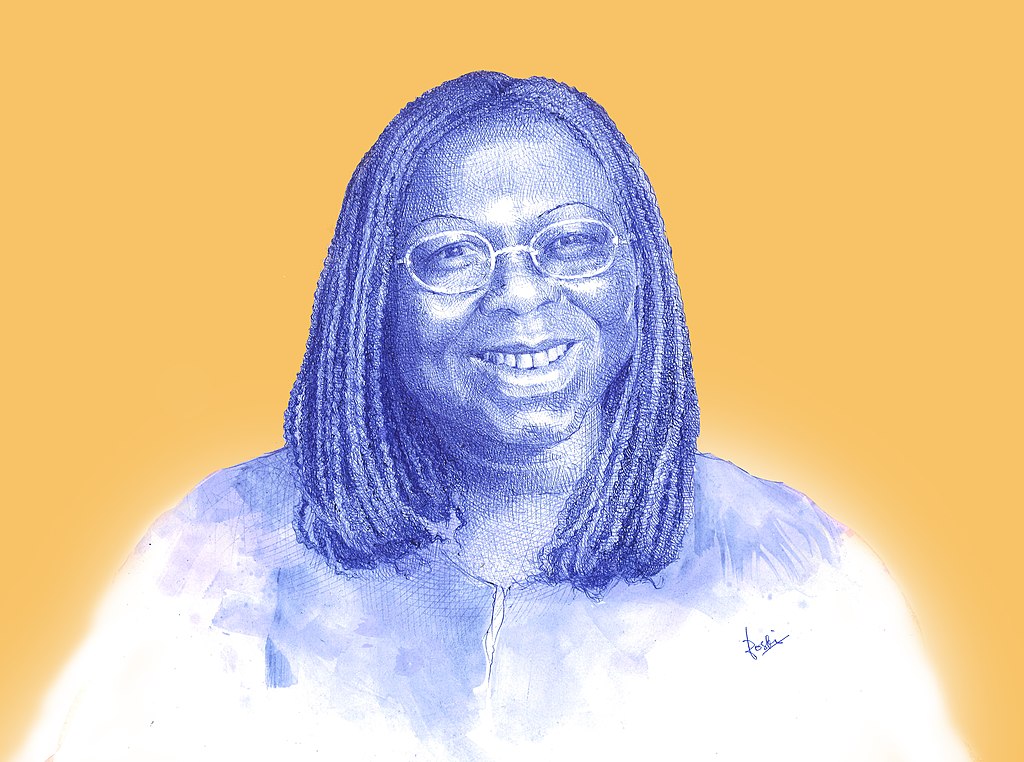
Portrait of Rose Dieng Kuntz by Enam Bosokah.
The final portrait I created was that of Pio Zirimu, a Ugandan linguist, scholar and literary theorist who coined the term “orature” – an alternative to the self-contradictory “oral tradition” used to refer to the non-written expressive African traditions. He was instrumental in reforming the literature syllabus at Makerere University in Uganda to focus on African literature and culture instead of the English canon.
Creating each portrait began with background research on the subject before the commencement of the drawing process. It is revealing to learn about these indigenous black and African people and at the same time expose my lack of knowledge about them, thereby reiterating the urgency for these profiles to be attached with imagery to illuminate them.
How would you like to see your participation influencing other artists?
I would like my participation to influence other African artists positively. I see the underrepresentation of Black, Indigenous and people of colour (BIPOC) online as an issue of injustice. Now that we have been allowed to address underrepresentation and to rewrite the wrong, I hope that being involved and lending my expertise to this worthy cause, can have a positive impact.
For more information about the Wikimedia Foundation and Wiki Unseen, visit unseen.wikimedia.org. To learn more about how the Wikimedia Foundation and movement are working towards knowledge equity, visit wikimediafoundation.org/opentheknowledge.
